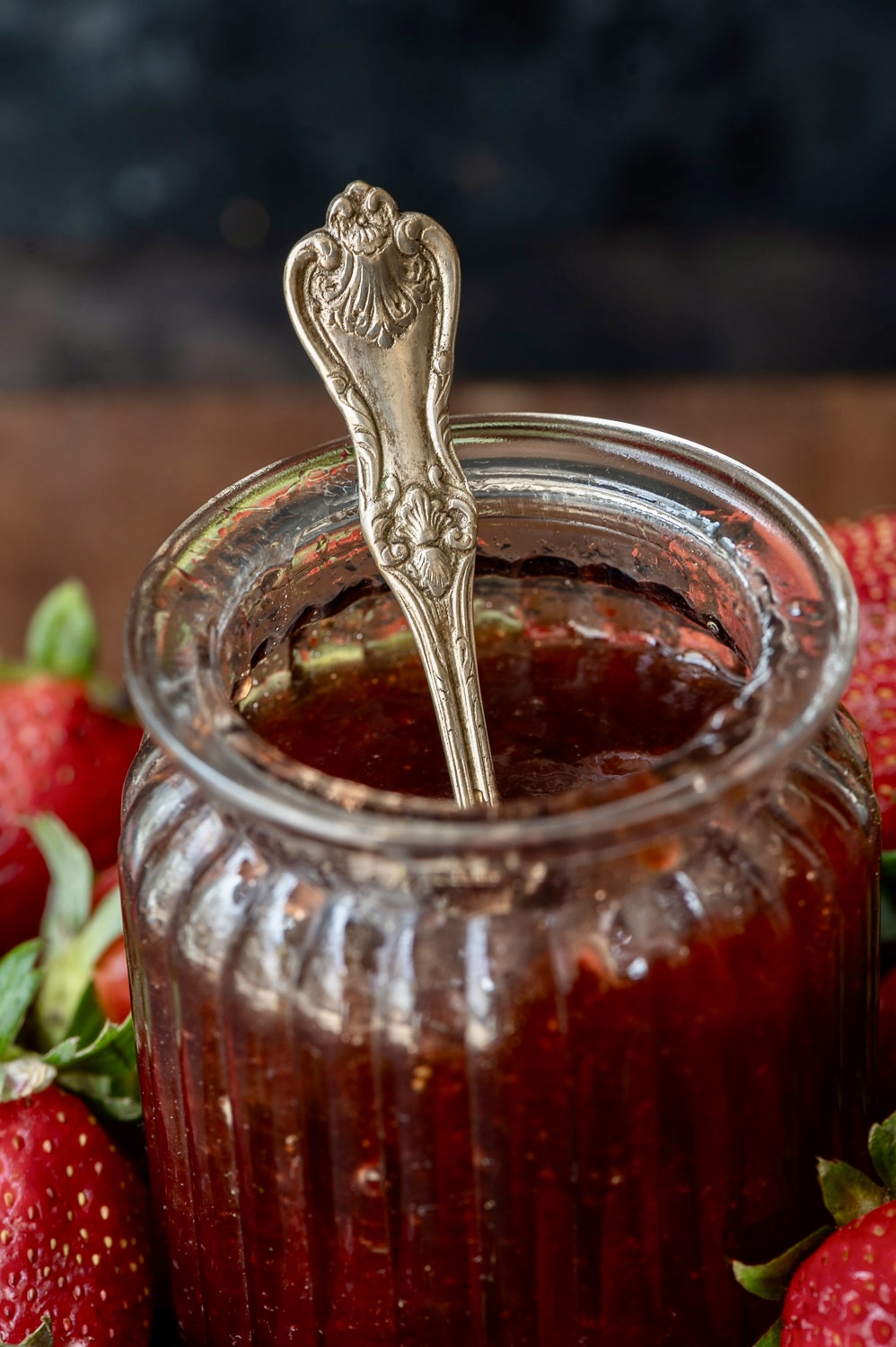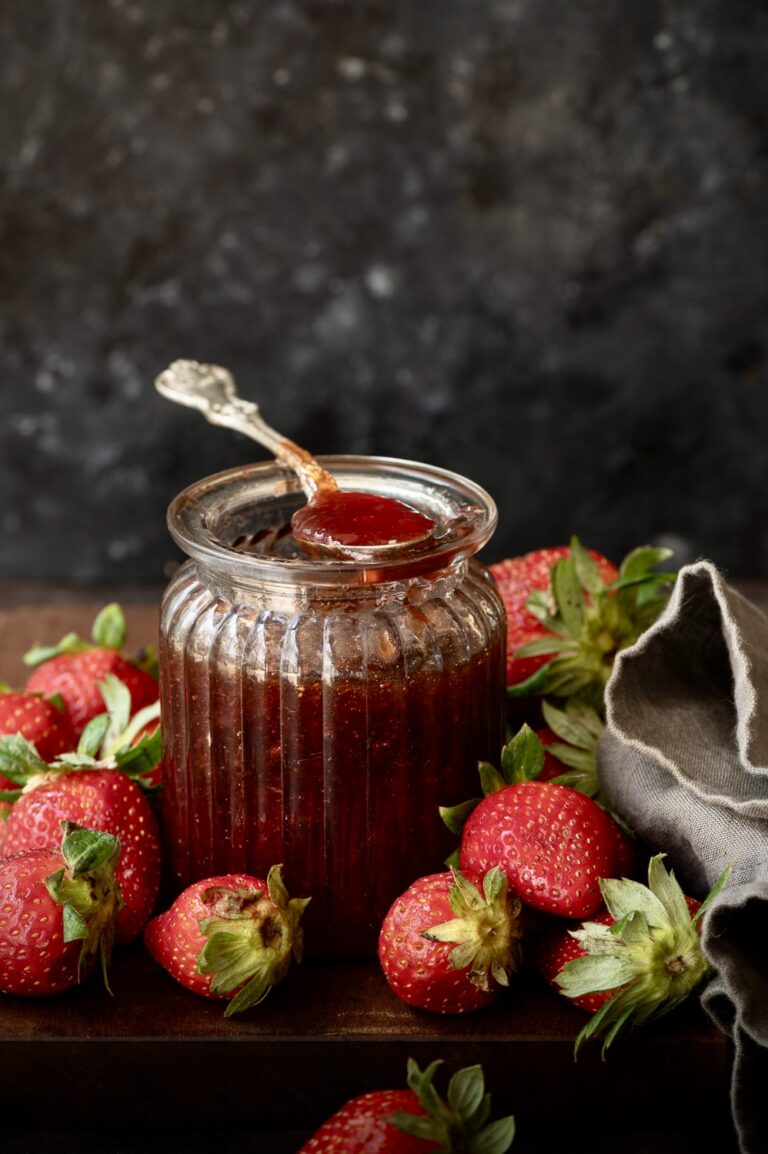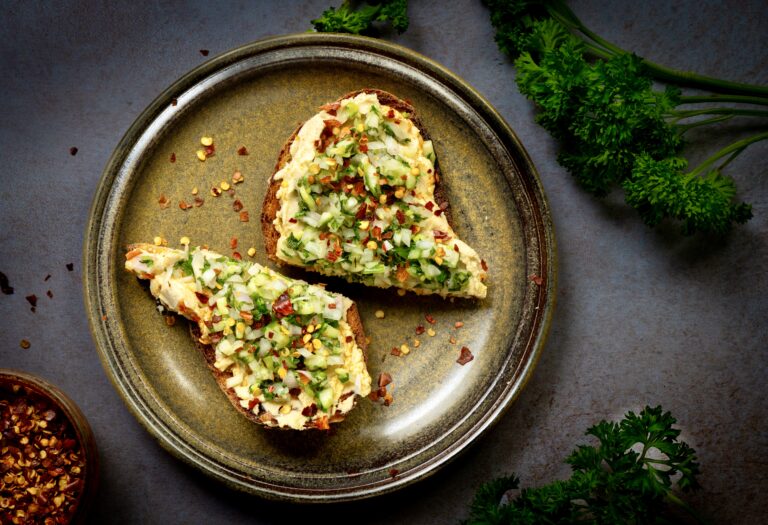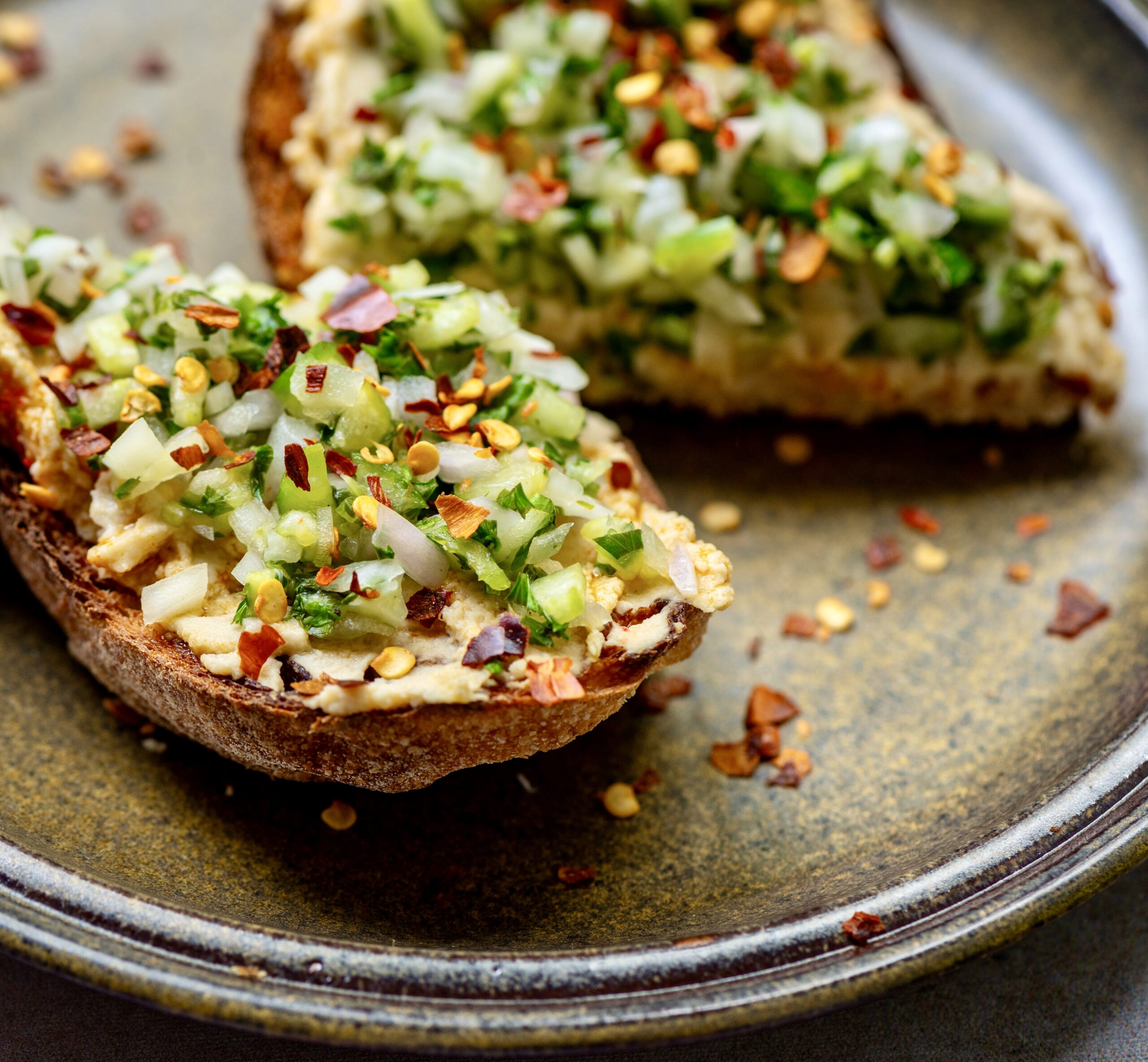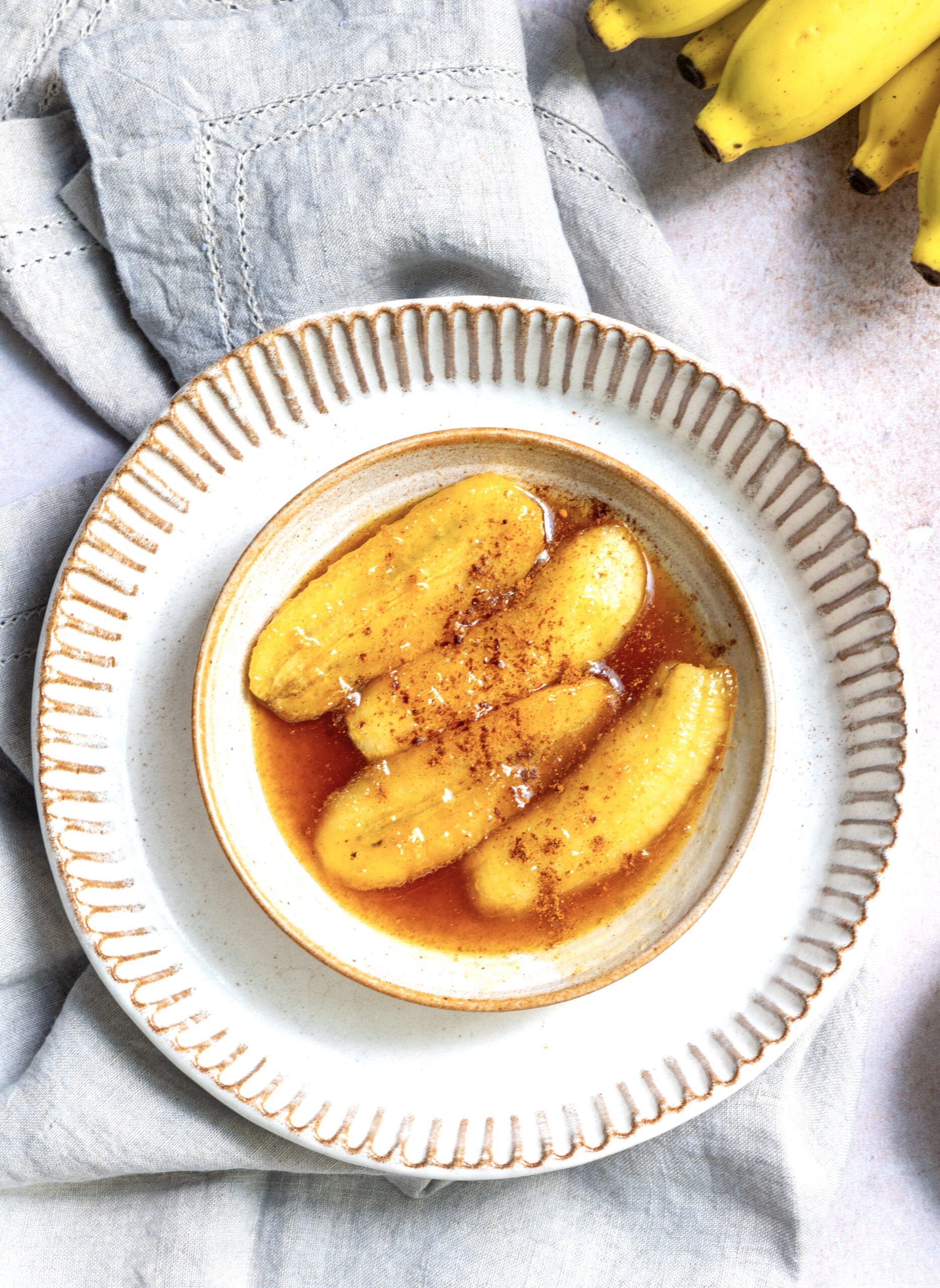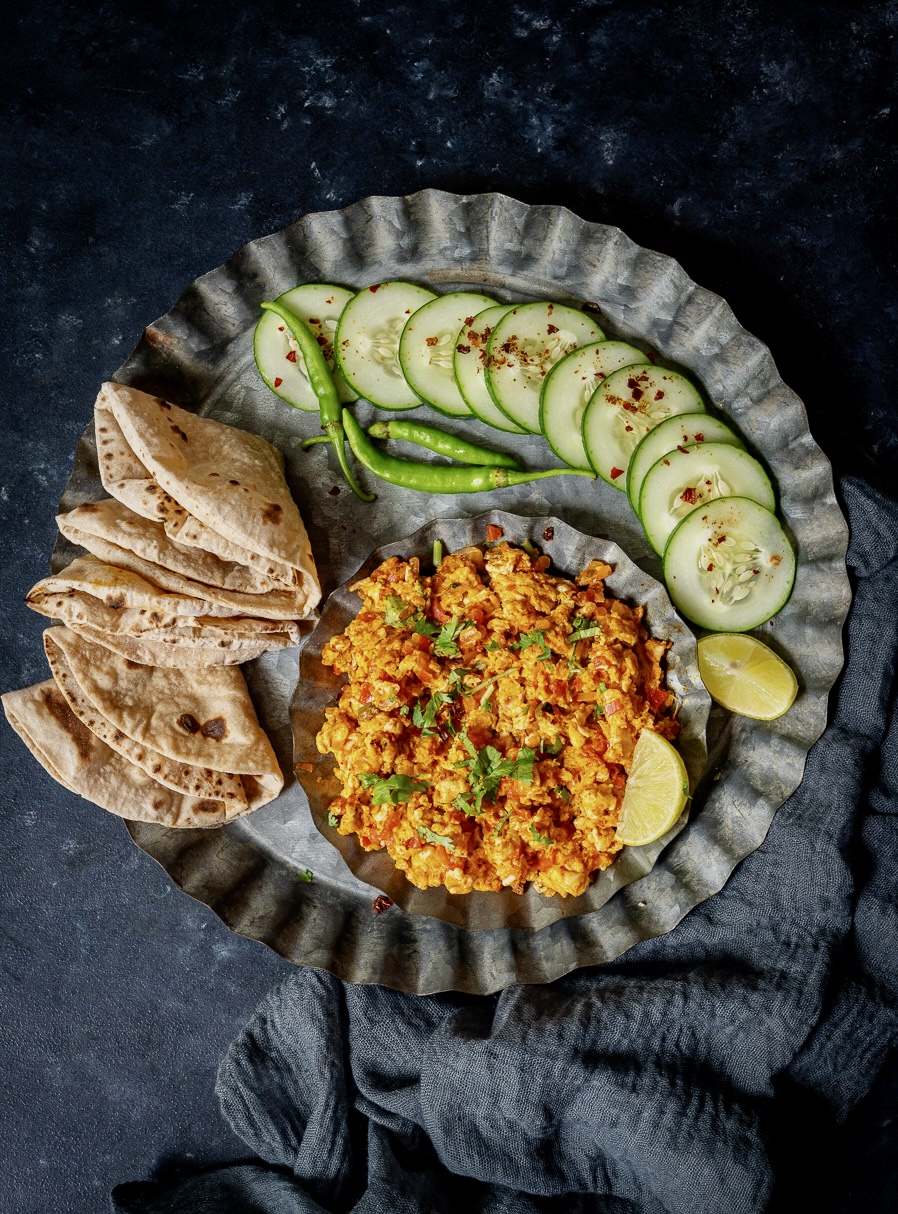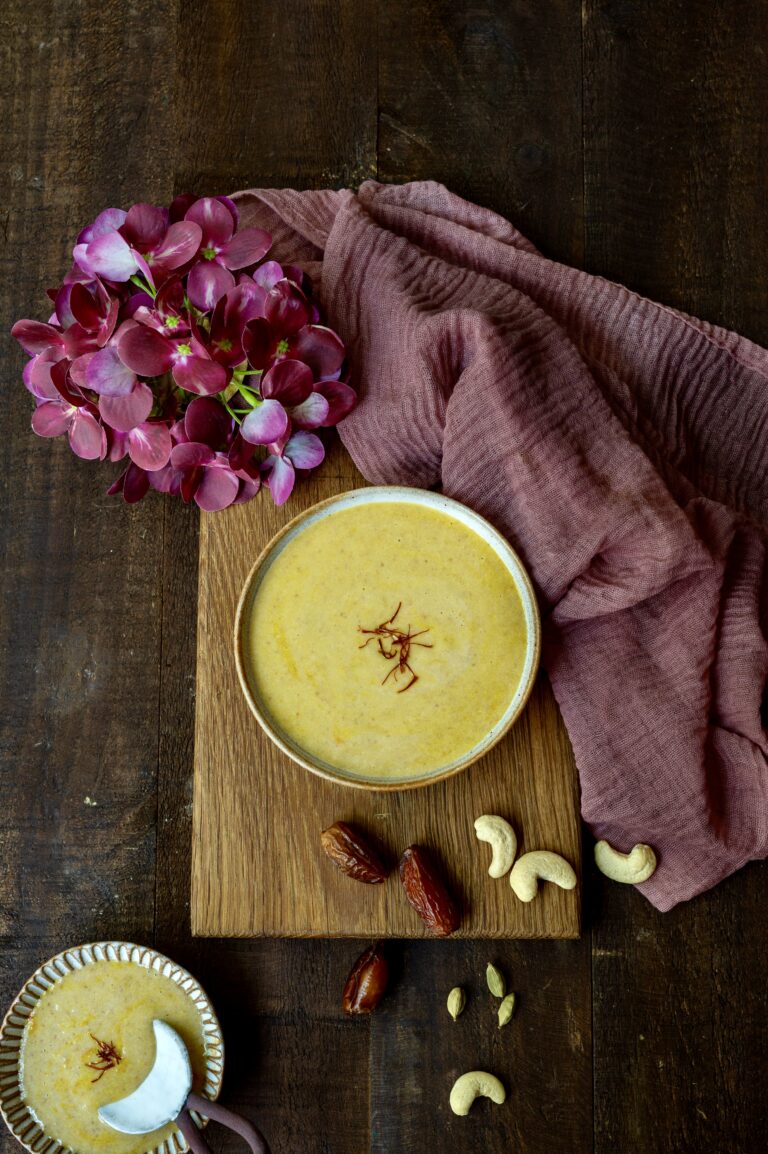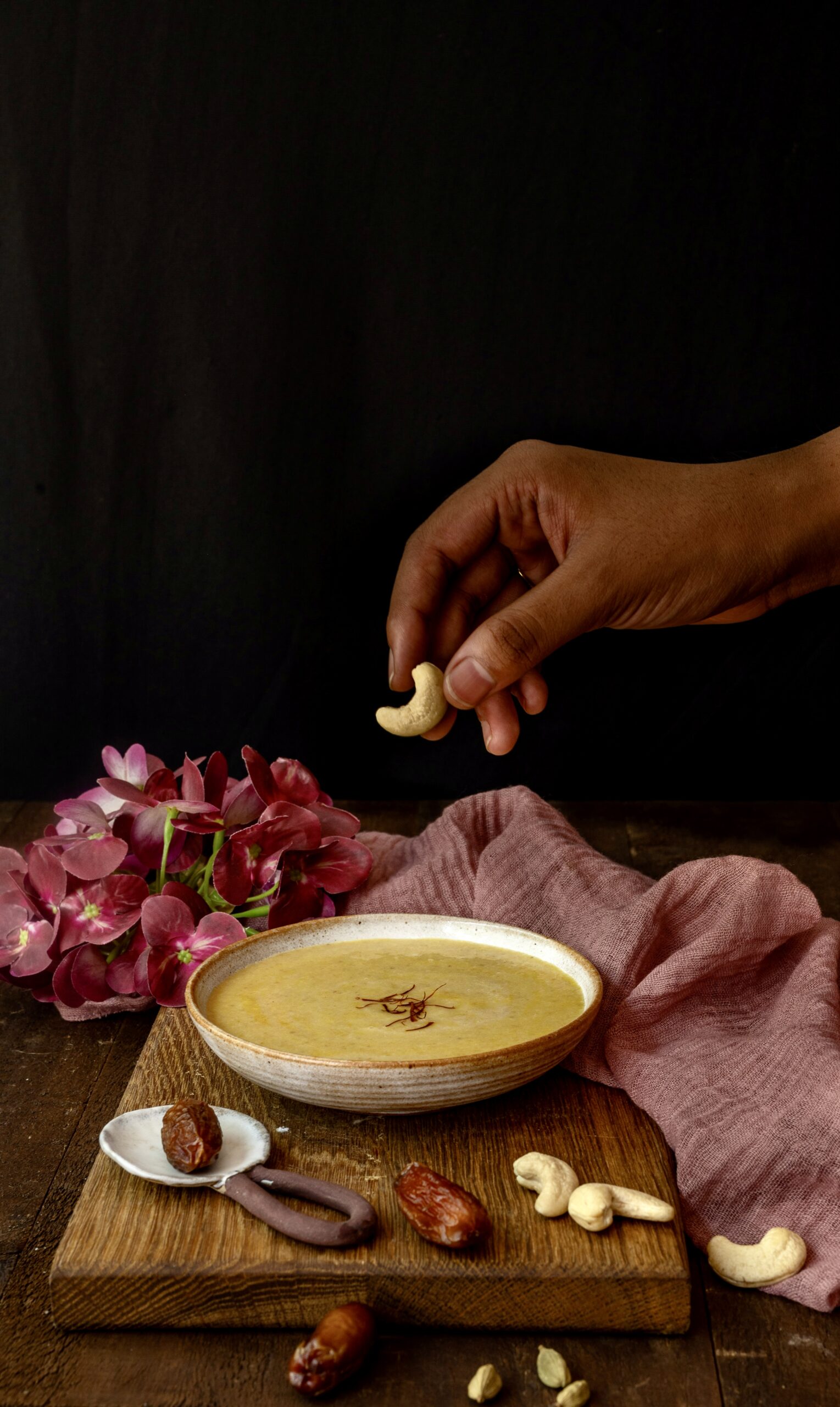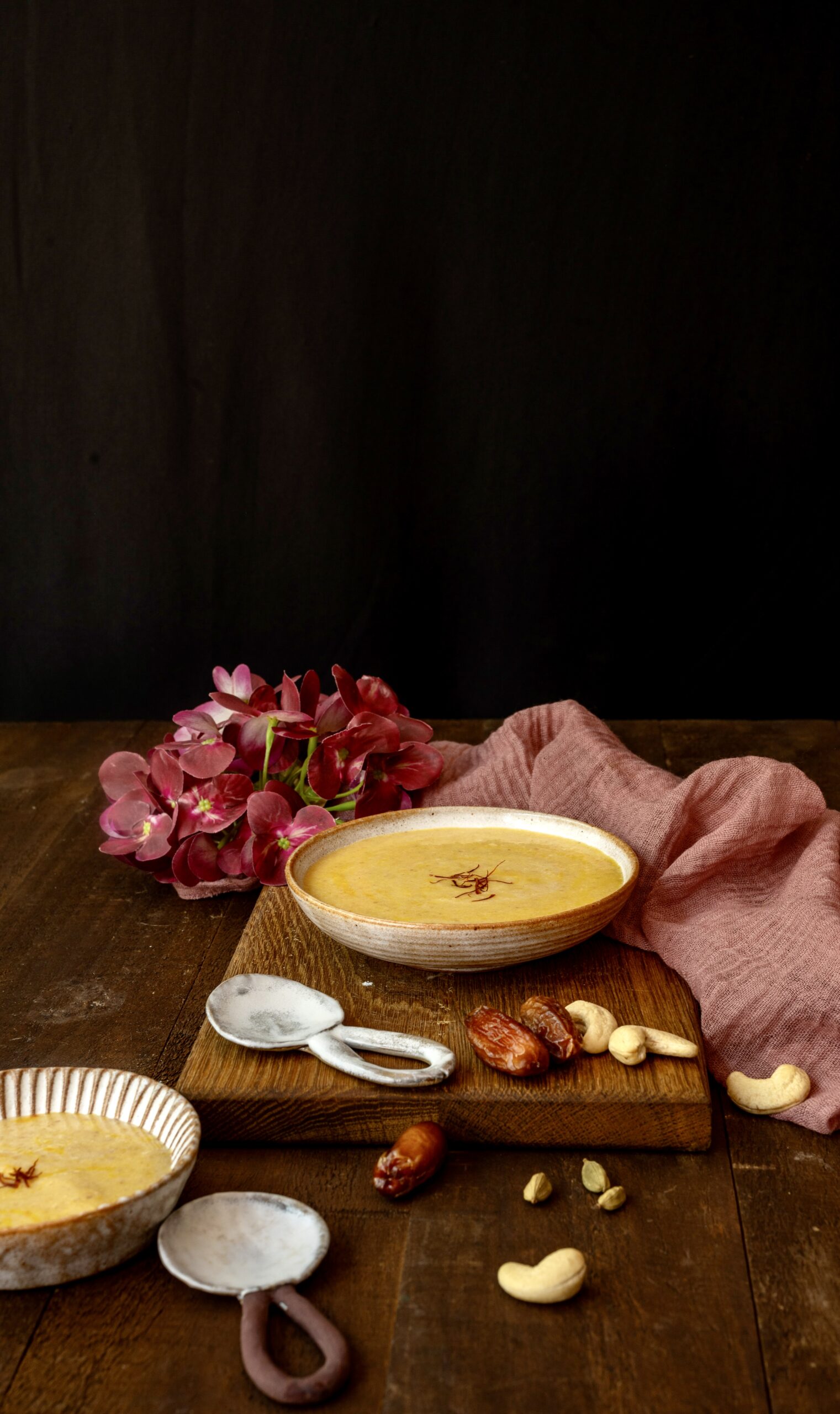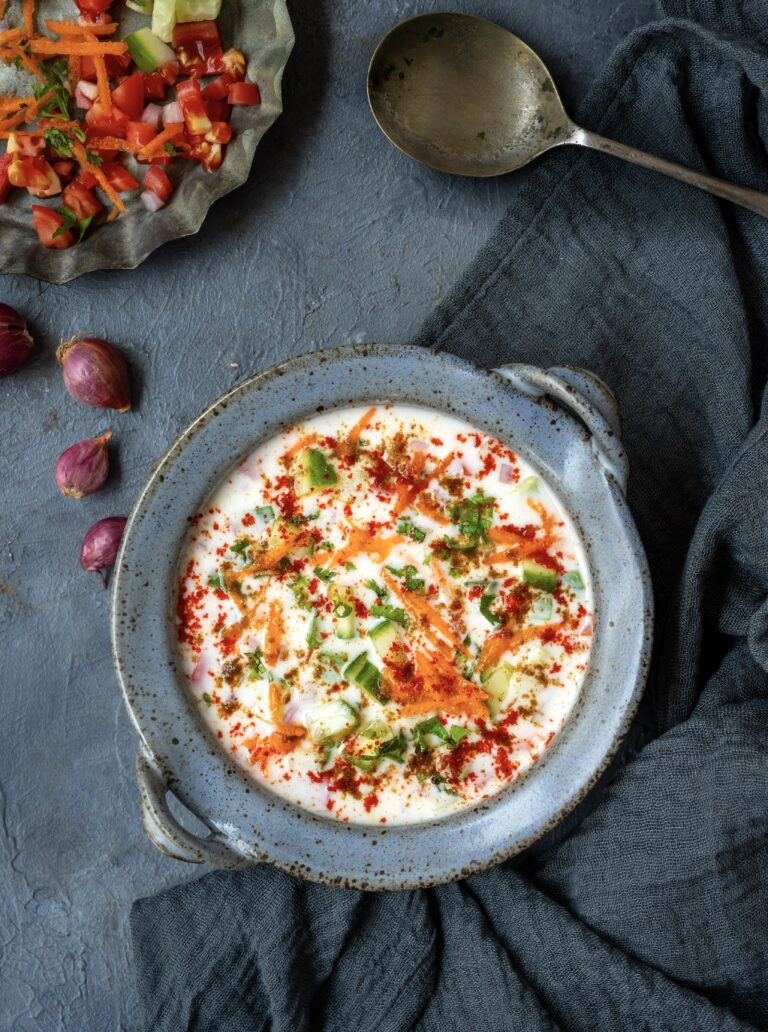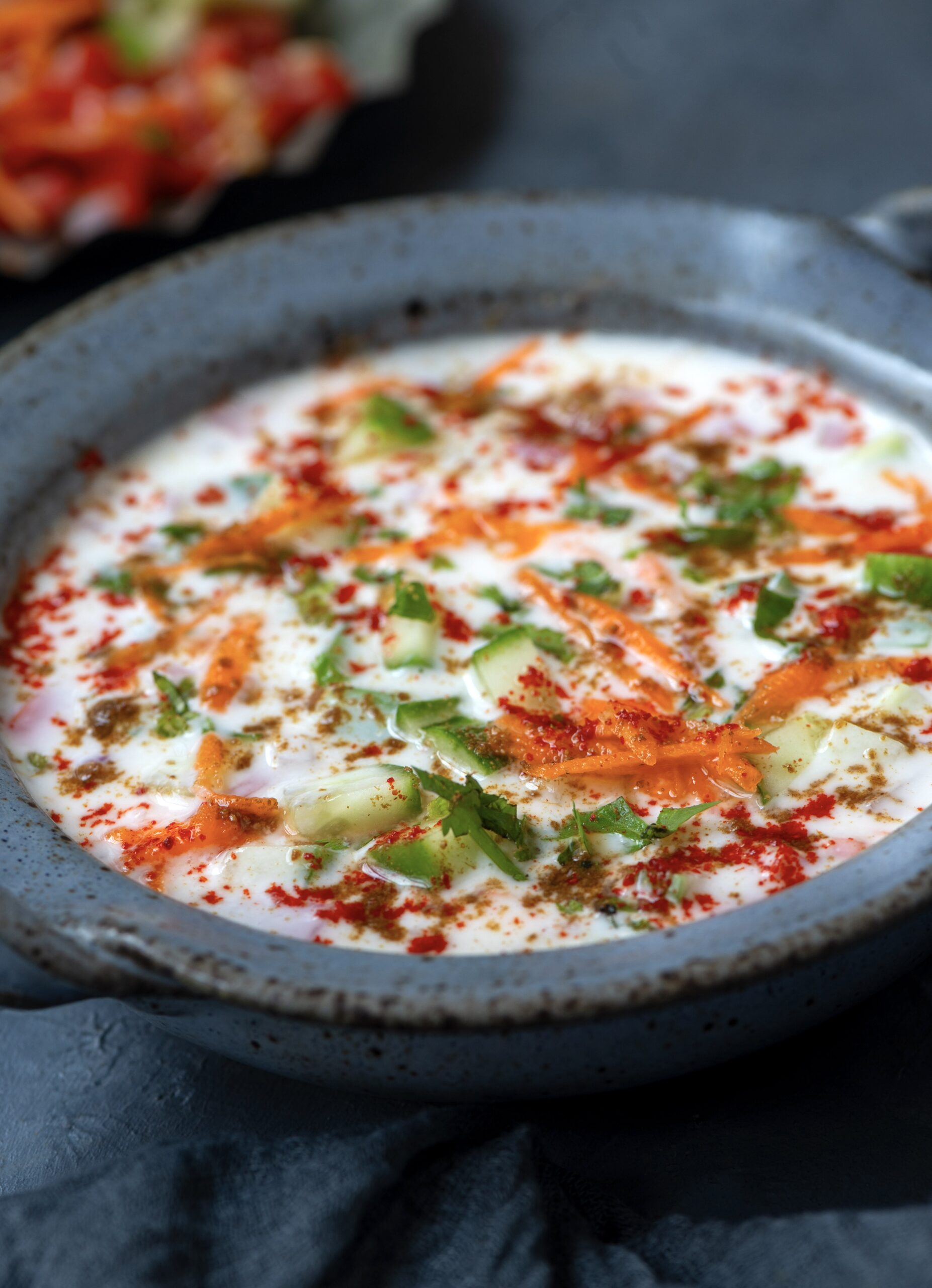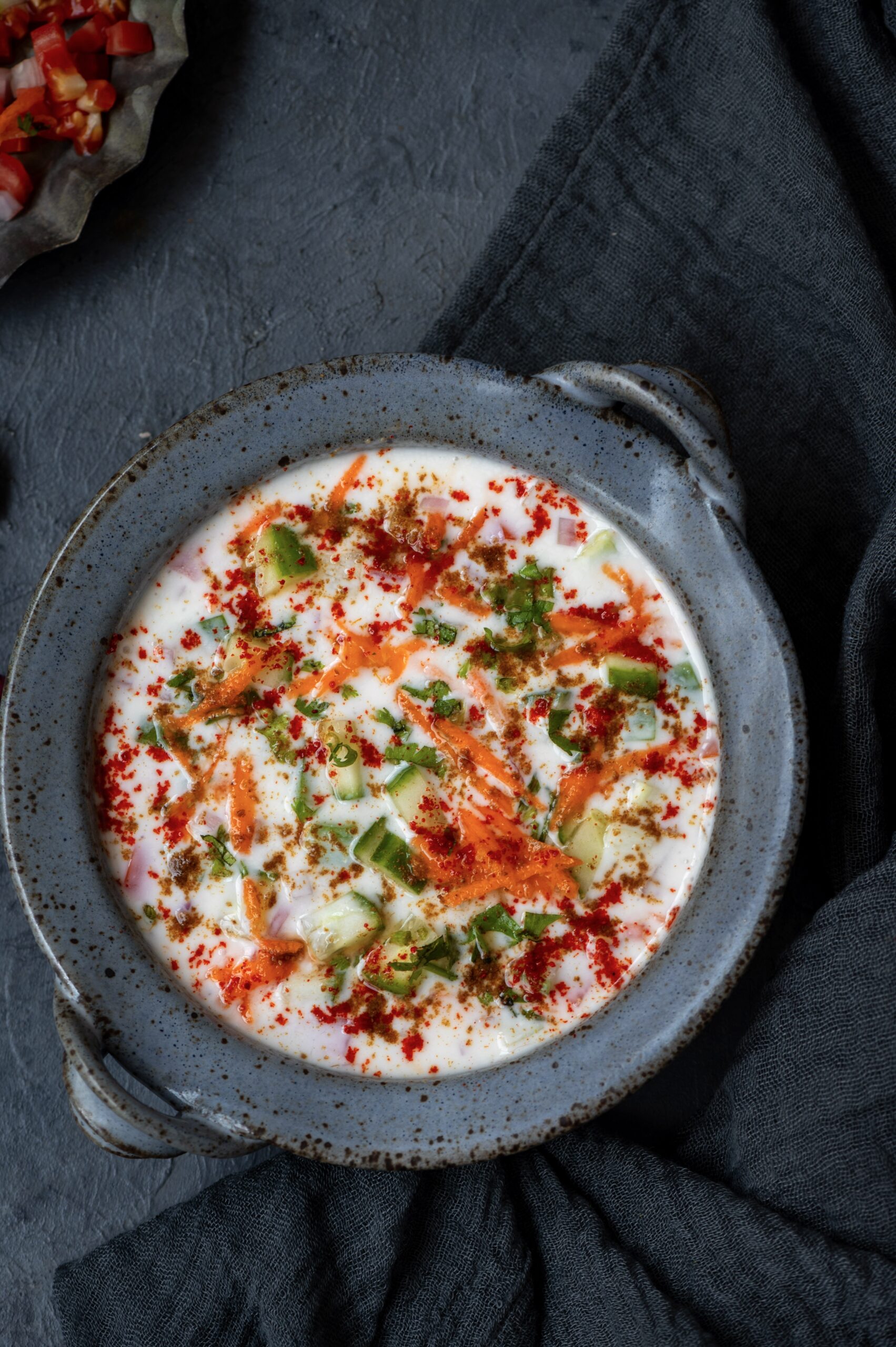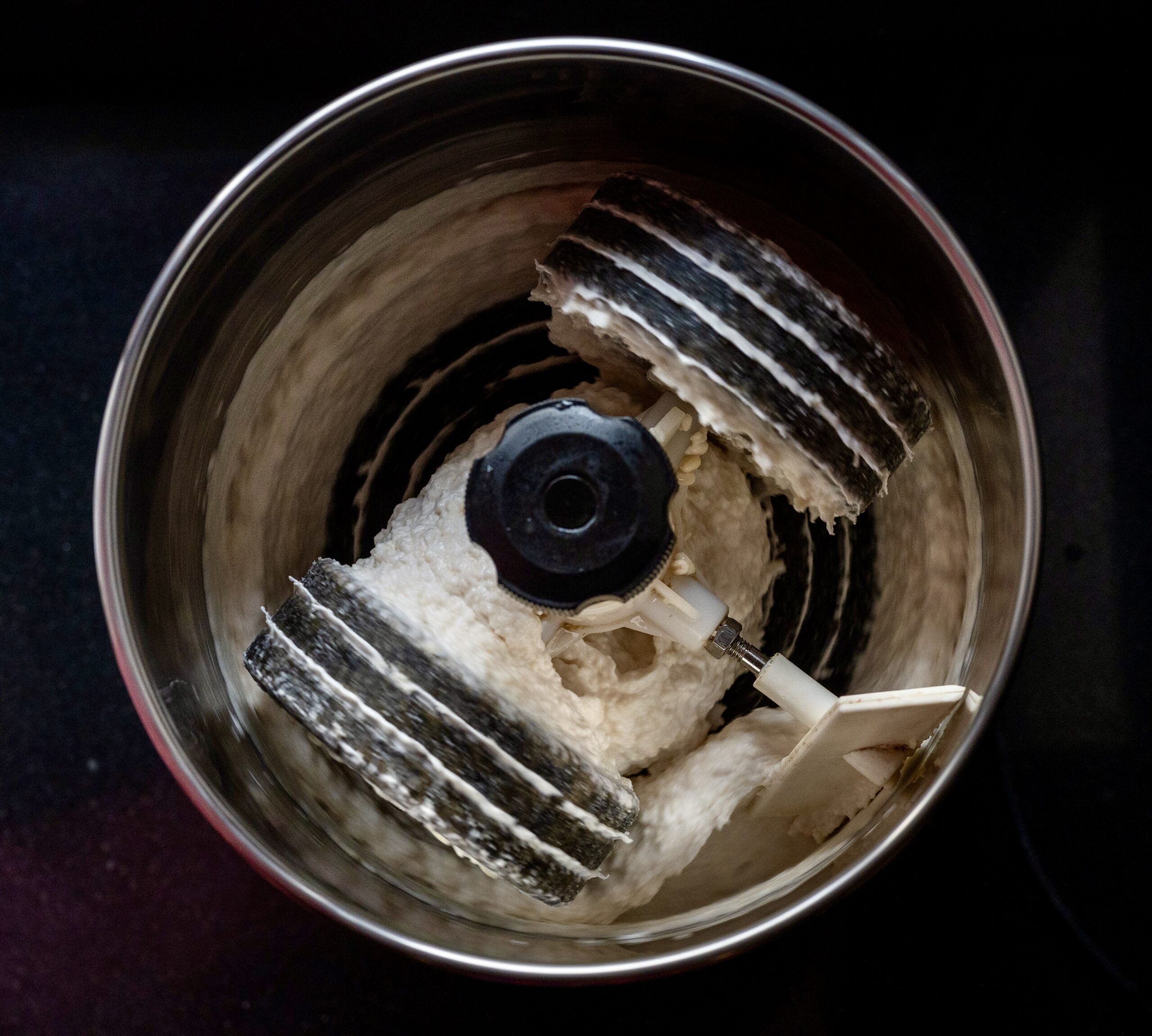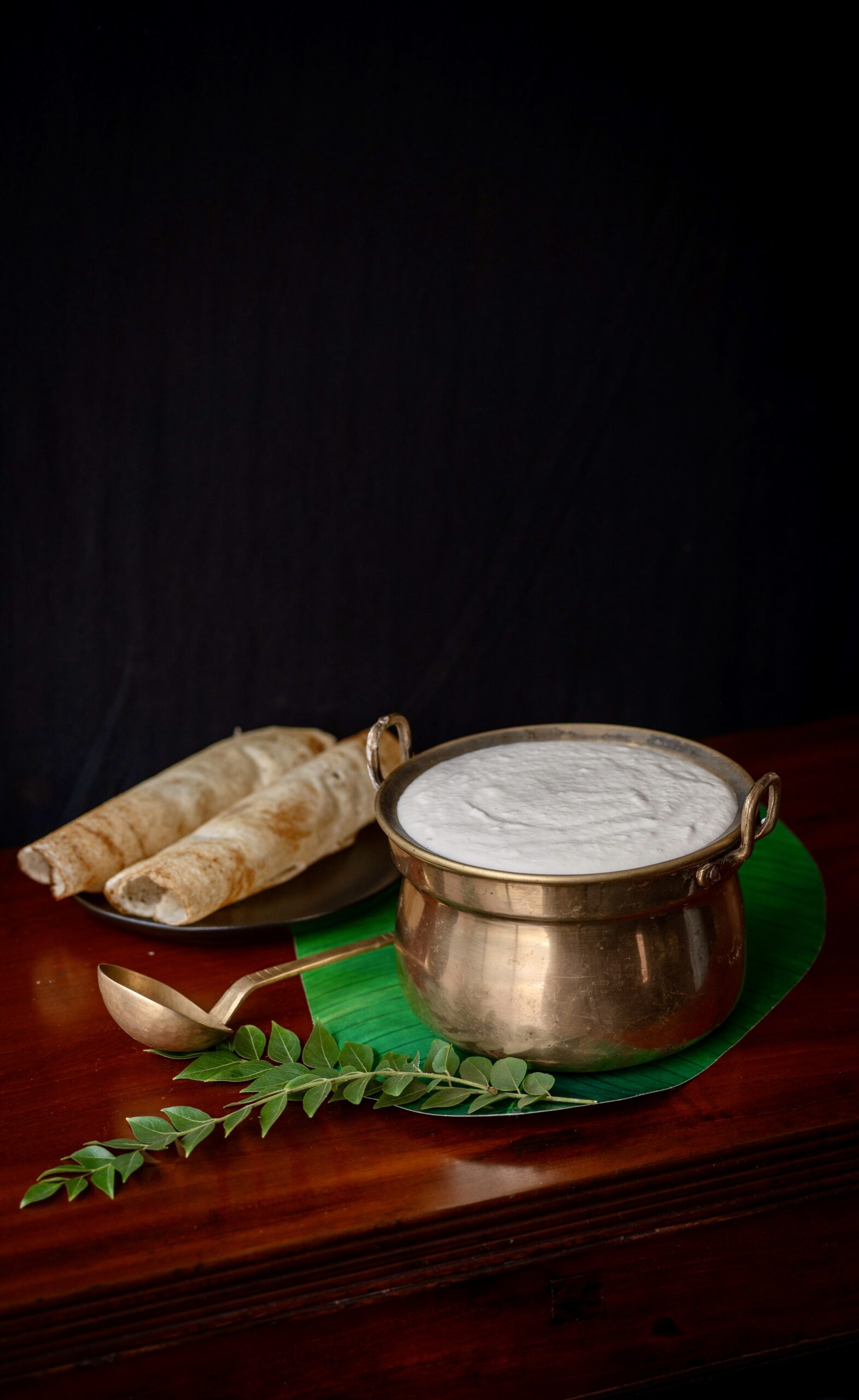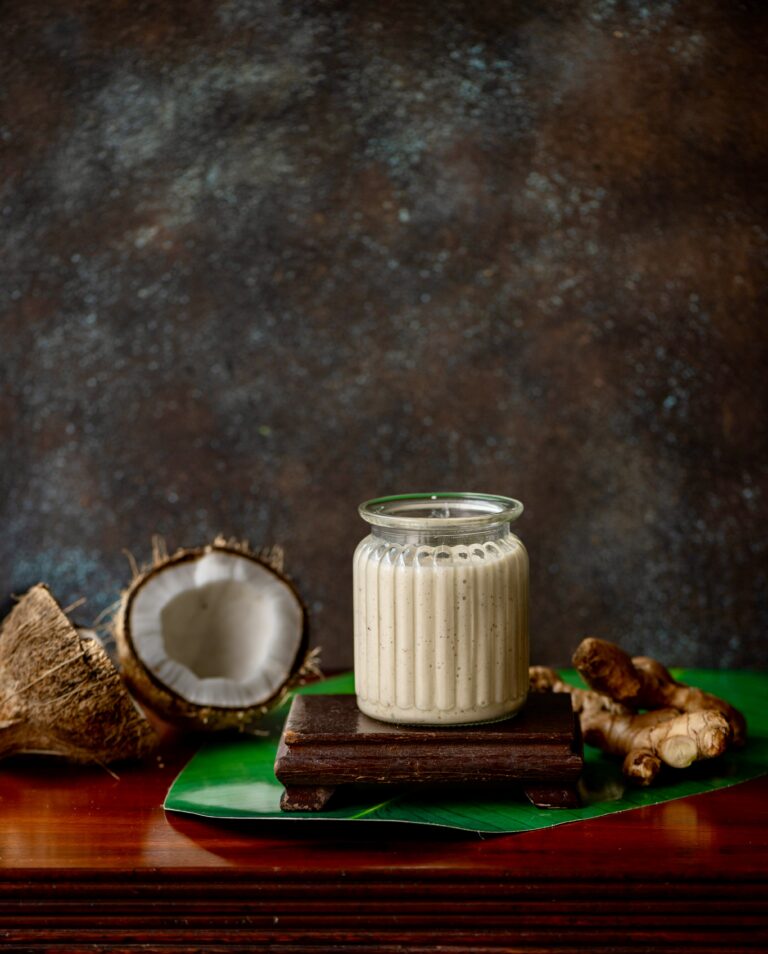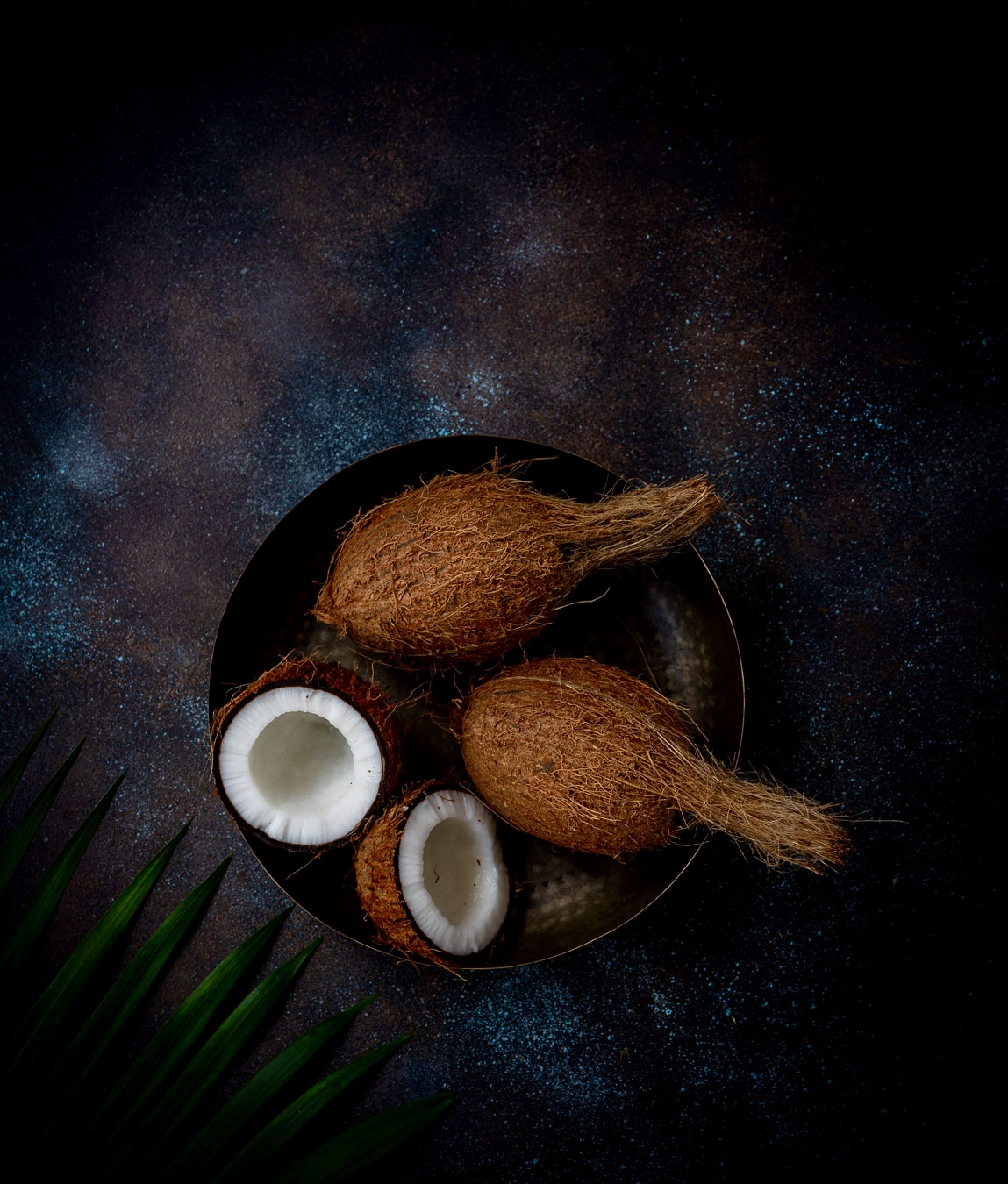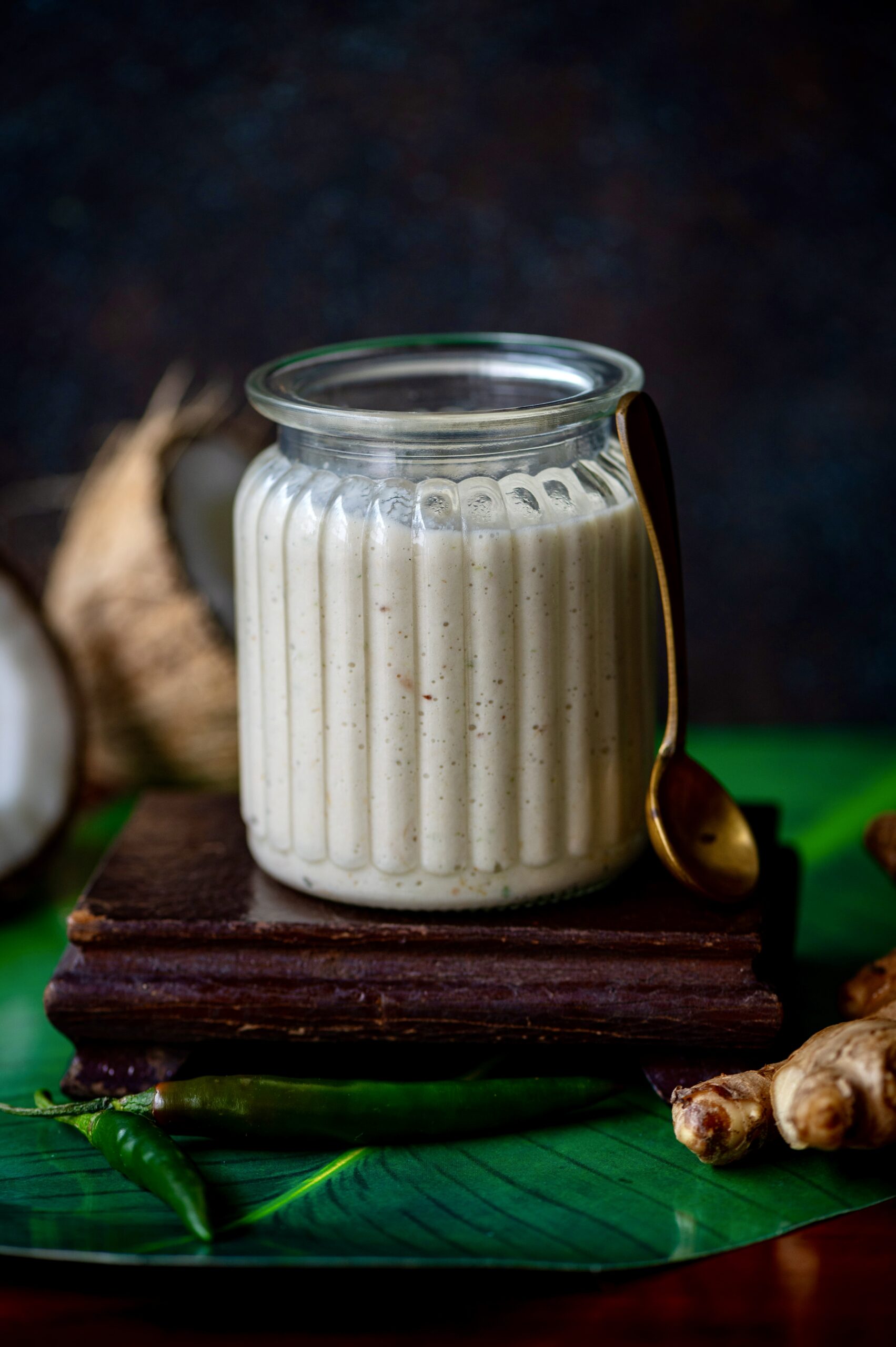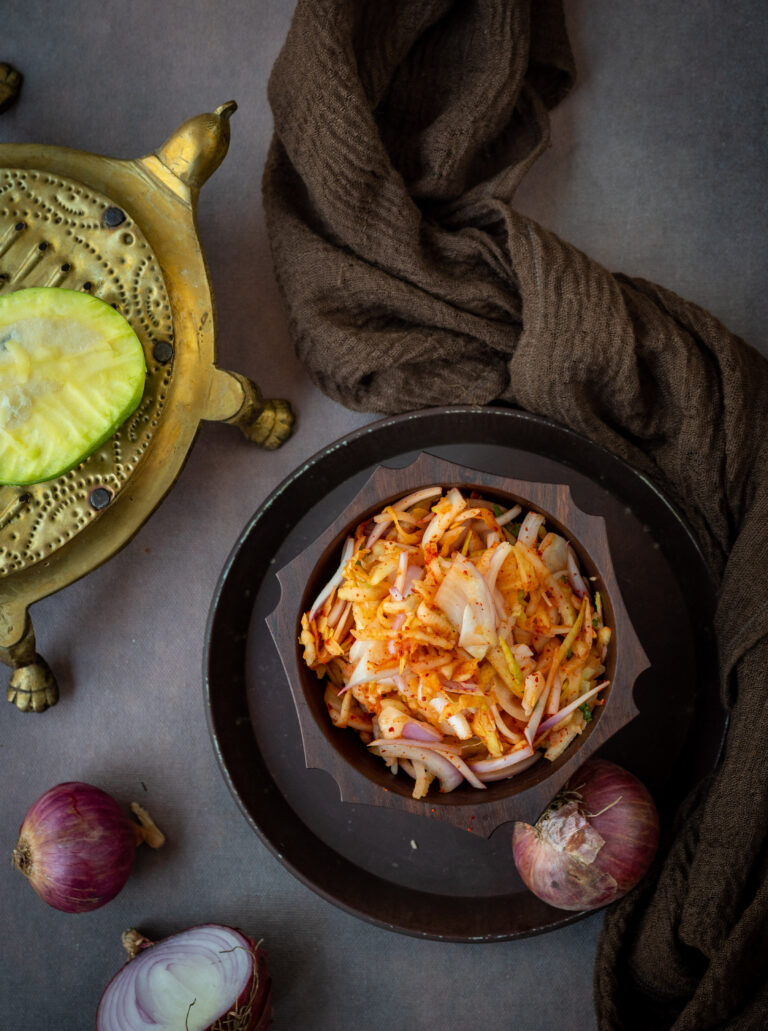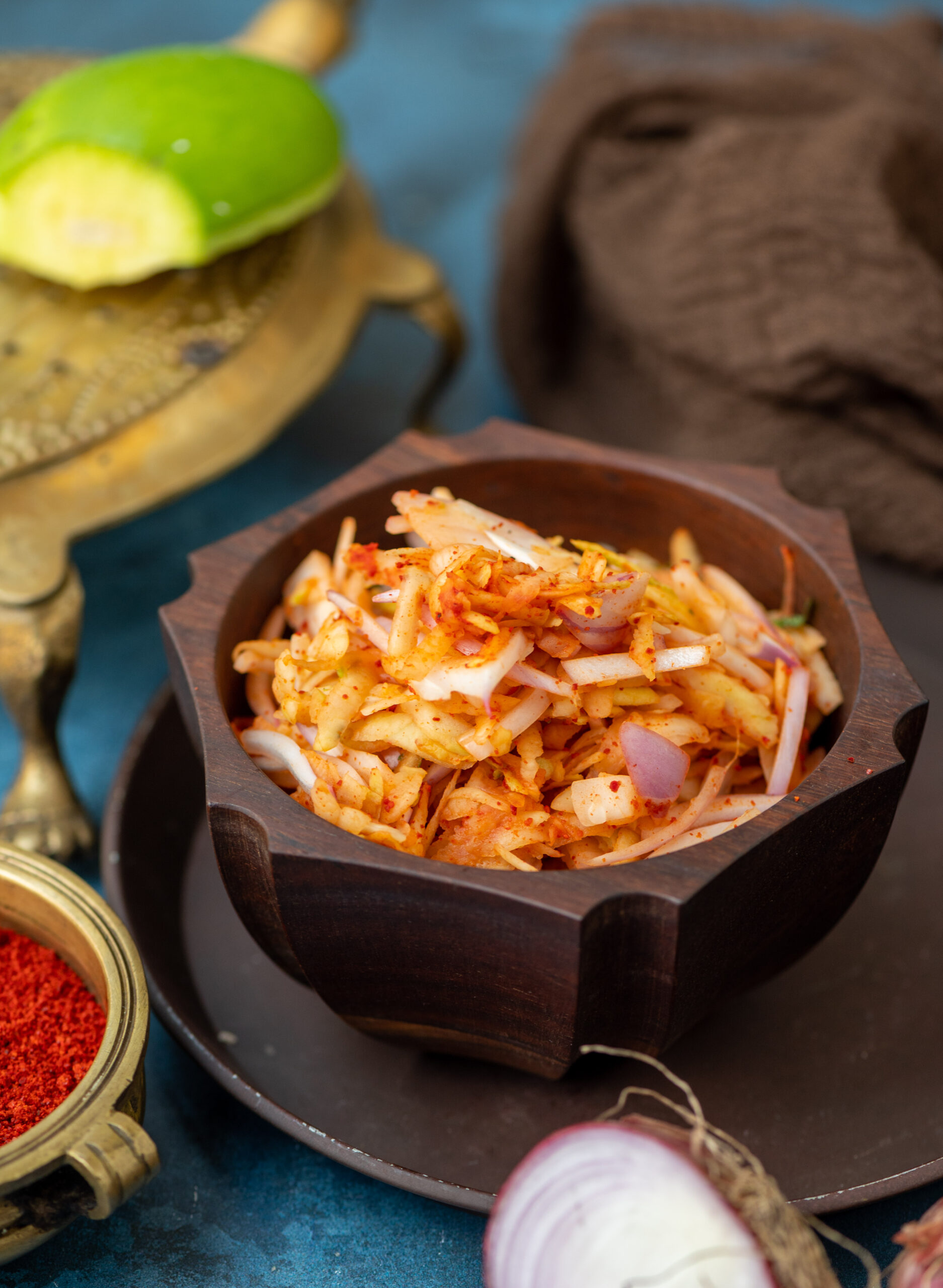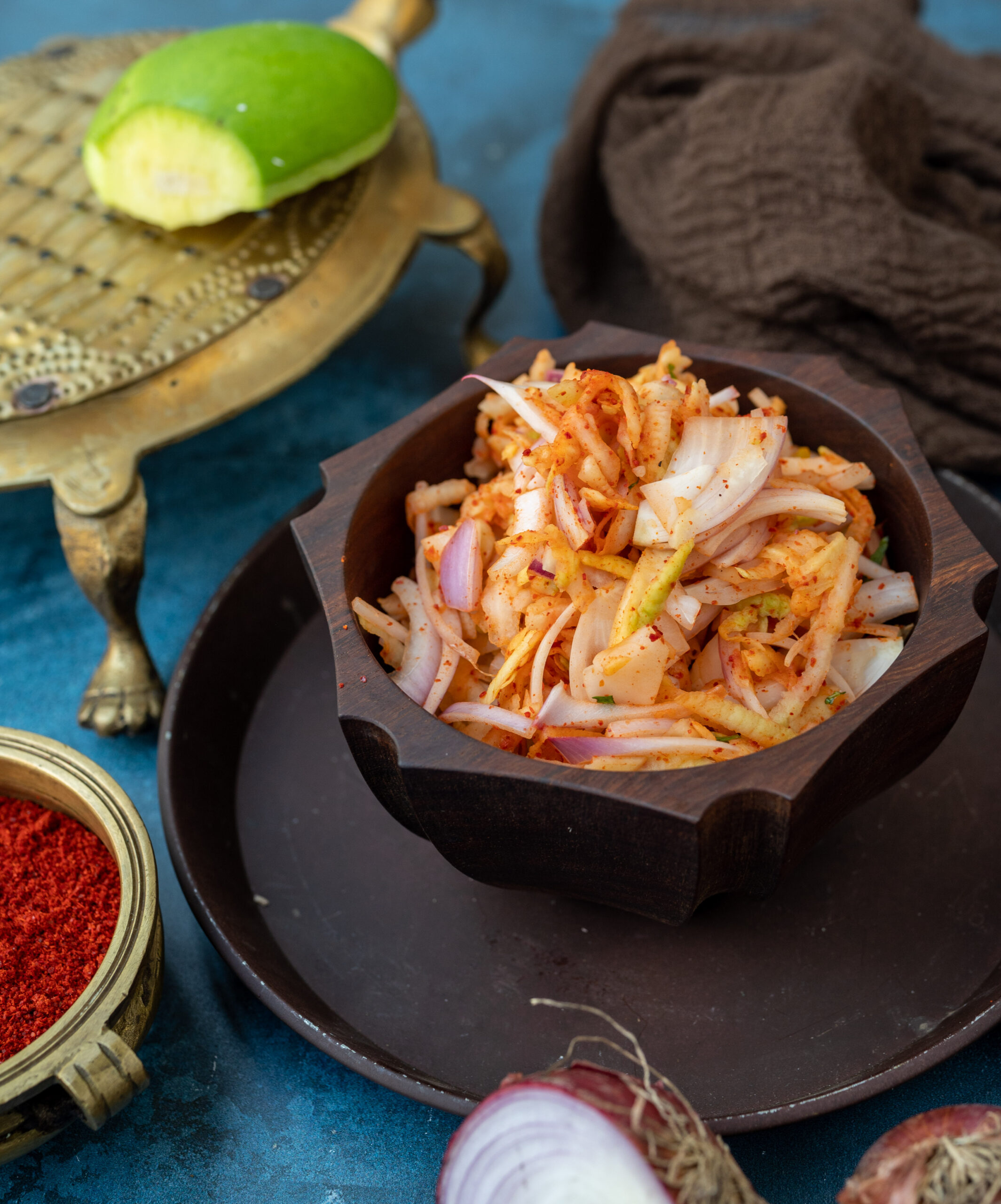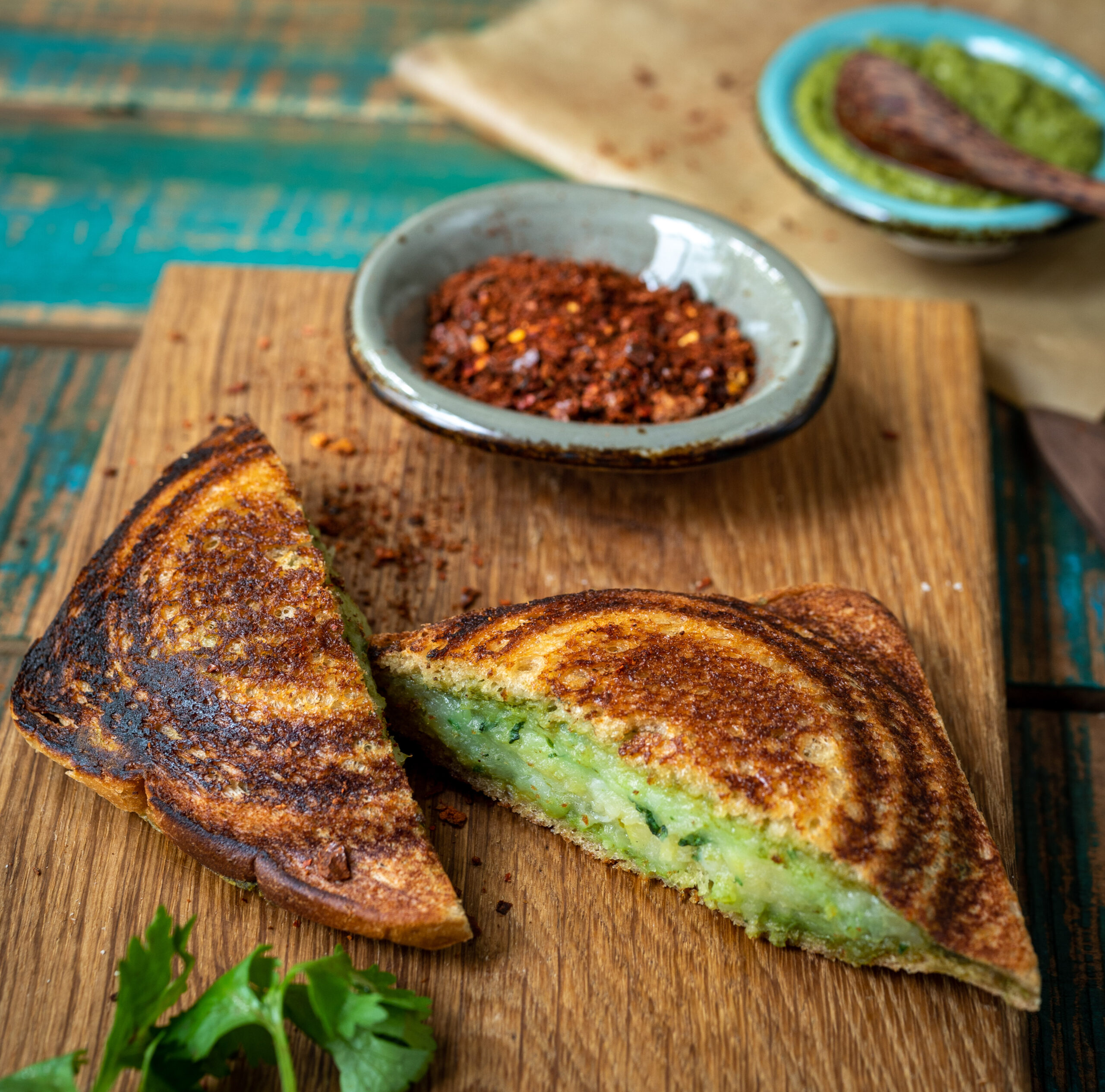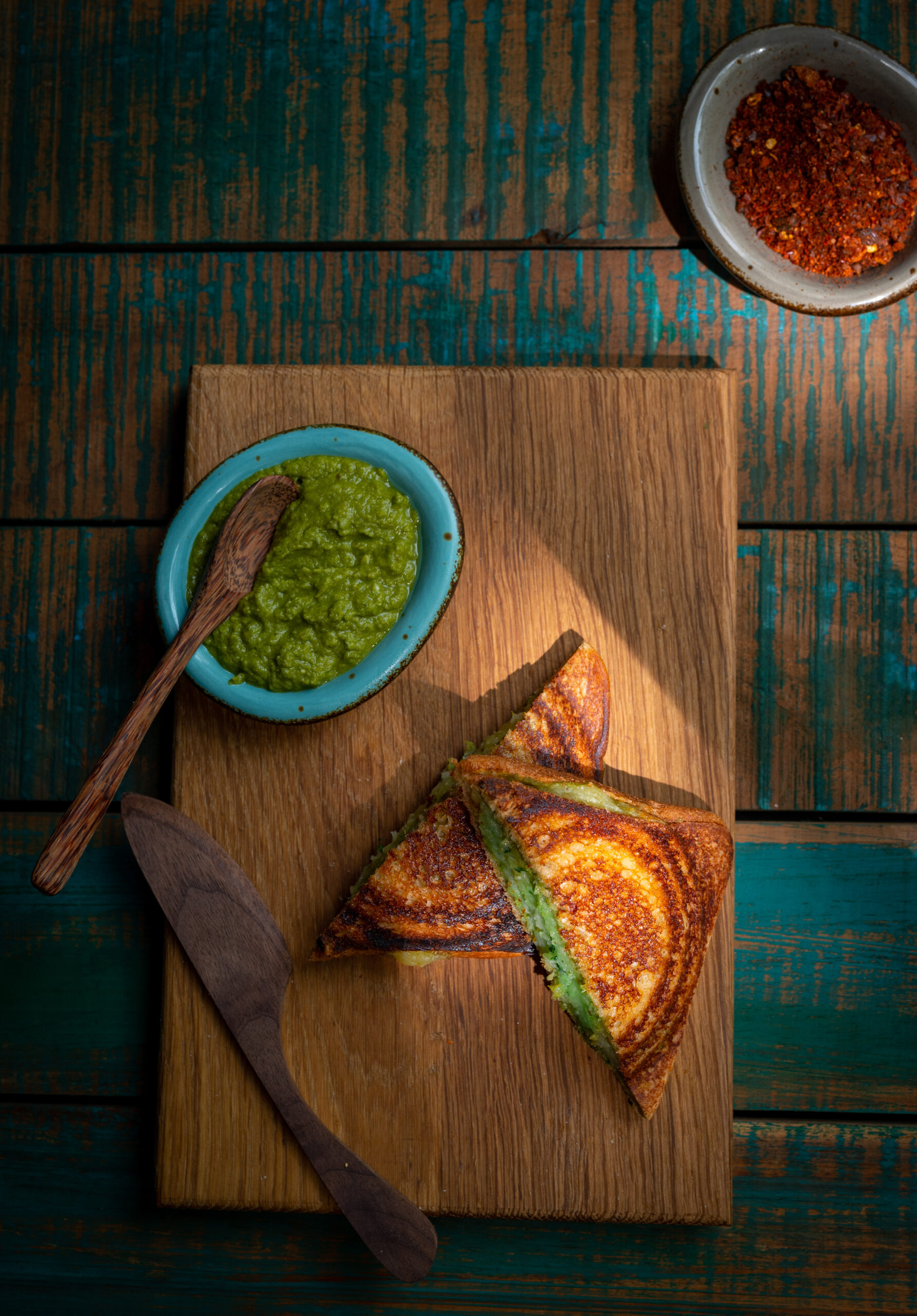My husband’s most favourite dessert of all time is, hands down, strawberry compote. To be fair, a compote is not the dessert itself, only its special enhancement, but for him it can be the best part. Every time we travel to certain parts of the world, he looks for sweet treats that contain it. I decided that it was about time that I start preparing it at home too, and my trials turned out beautifully – and so, I believe, will yours.
While my spouse reaches out eagerly for interesting dishes while travelling, as for me I am often more interested in the process of how an item is prepared than in only consuming it. As a baker, I am very interested in what other people bake, and love exploring small local bakeries. These tend to be excellent, and I chat with the owner or the workers and taste the pastry they are most known for. Obviously, the bakers will never reveal their secrets, but I have a sensitive palate and can often deduce certain tricks and techniques that I then experiment with once I am back home. I like to figure out what ingredients may have been used, and what has made a treat particularly moist or rich, for instance. Of course, when one is in a holiday mood everything always feels just perfect and lovely. But I believe we can keep some of that good mood going by revisiting those memories through food we recreate back home.
I’ve eaten a great deal of strawberries because of my husband’s love for them, sharing so many treats that contain either a compote or the fresh fruit with him. While I can’t recall the first time I tasted compote, I certainly can tell you when the first time that I saw wild strawberries in a dessert was. It was during a trip to Rome a long time ago. We noticed strawberries and cream on the menu. Naturally, we ordered it. The wild strawberries were in season – fresh, small in size and simply bursting with flavour. This particular dessert became something that I would specifically request at certain cafés after this.
It can feel like strawberries are almost universal, because they seem to be available everywhere. However, that’s just a perception I have now, versus how it felt before. Strawberries were once considered an exotic fruit in India, at least while I was growing up. They were hard to grow and scarce in the market. I remember seeing them in photographs and wondering what they tasted like. Soon enough, hill stations and towns with conducive climates began to cultivate them in India too. Humans are resourceful that way, no? If the conditions are right, we can find a way to grow anything.
Back then, Bombay always had access to fancy fruits first, and set trends thereafter. My sister, a resident of that city, used to make a simple two-ingredient strawberry jam and send it to me, or hand-carry it on flights for me. I would use it as a compote over ice cream and desserts.
We now get strawberry harvests of very good quality here in Tamil Nadu as well. However, I still strongly feel that the best experience depends on the season, even if produce is available year-round. For instance, let’s take a less glamorous fruit: the watermelon, which has been a staple local produce for as long as I can remember. While I can procure it even during the monsoons, I do not. I know that it tastes best and offers the most benefits only during the summer, and that’s when I consume it.
Coming back to strawberries and to this compote, this is a very easy recipe and it will give you a jar of delight that you can use to add sweetness to anything. You can use either sugar or honey to prepare it, and the best part of it being homemade is that you can control the amount you use. I prefer mine lightly sweetened with a larger ratio of fruit to sugar, so that I can enjoy bigger portions with less guilt. This is one of the reasons why I prefer to make jams and spreads at home in general, or get mine from friends who do so. The amount of sugar and preservatives that goes into those big tubs and jars in supermarkets concerns me.
Trust me, once you try this out, you’ll see that I have many reasons to make my own jams, spreads and compote! This strawberry compote is easy to make, versatile and just so delicious. It’s difficult, and unnecessary in my view, to go back to storebought items when the goodies made at home are so wonderful!
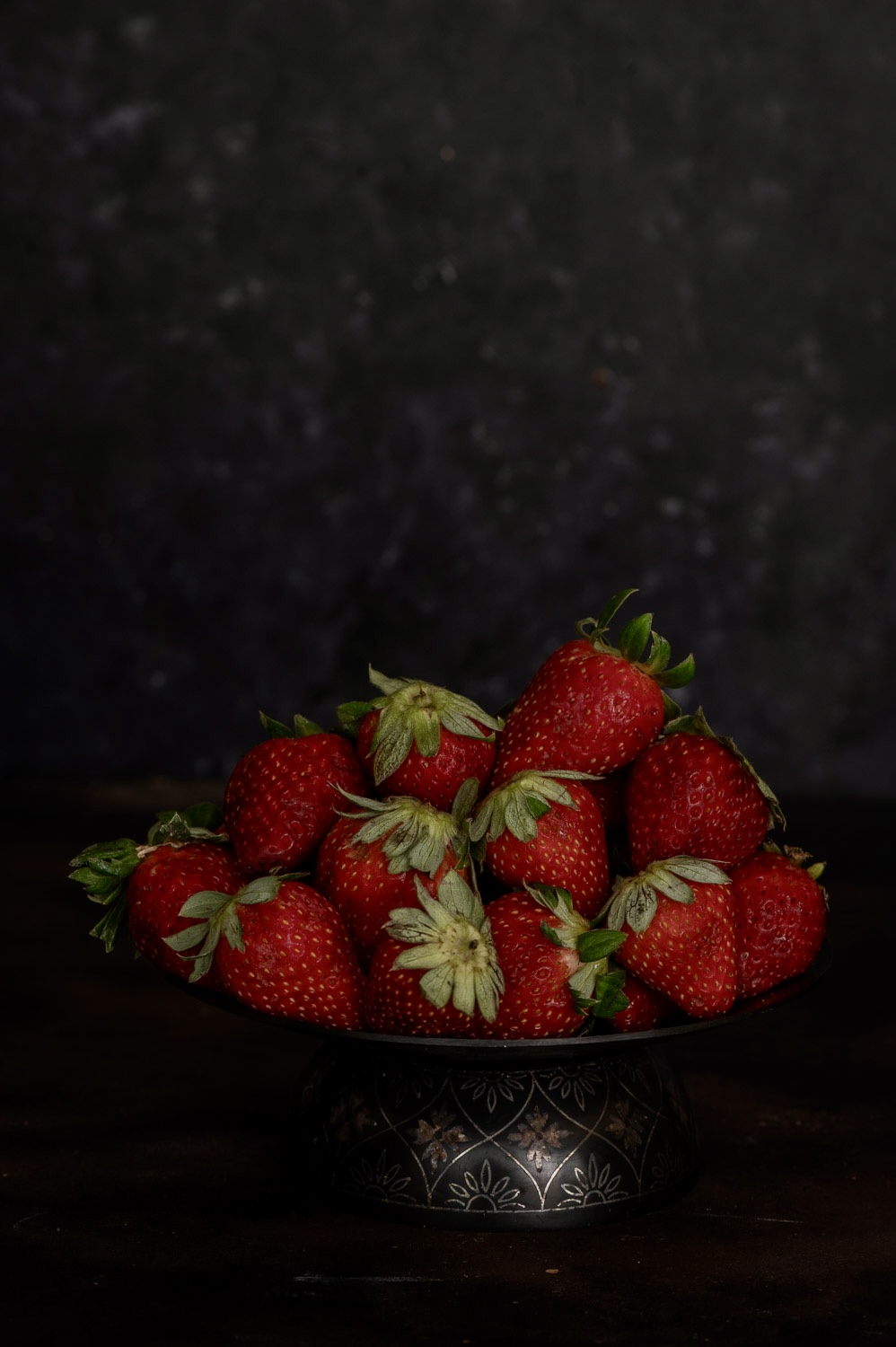
Strawberry Compote
(Yield: 2 cups / 1 jar)
2 cups chopped strawberries
4 tablespoons sugar or honey (adjust as per need)
1 tablespoon lemon juice
A pinch of salt
1 teaspoon chia seeds
5 tablespoons water
1 teaspoon vanilla extract
In a pan, add the strawberries. Add sugar/honey and water and boil until the fruit begins to disintegrate and the mixture begins to thicken. At this stage, you can add more sugar/honey if required.
Now, add the chia seeds. Remove the pan from the flame and allow the mixture to cool and thicken more as it does.
Once it has cooled down completely, fill a jar and store in the refrigerator. You can keep this refrigerated for 2-3 weeks. It makes for a great topping on toast, ice cream and cheesecake. You can even make ice cream with it or add a dollop to yoghurt. In case you’re in need of ideas, the next recipe I will share will be a dessert that uses this strawberry compote, so do keep an eye out for it!
